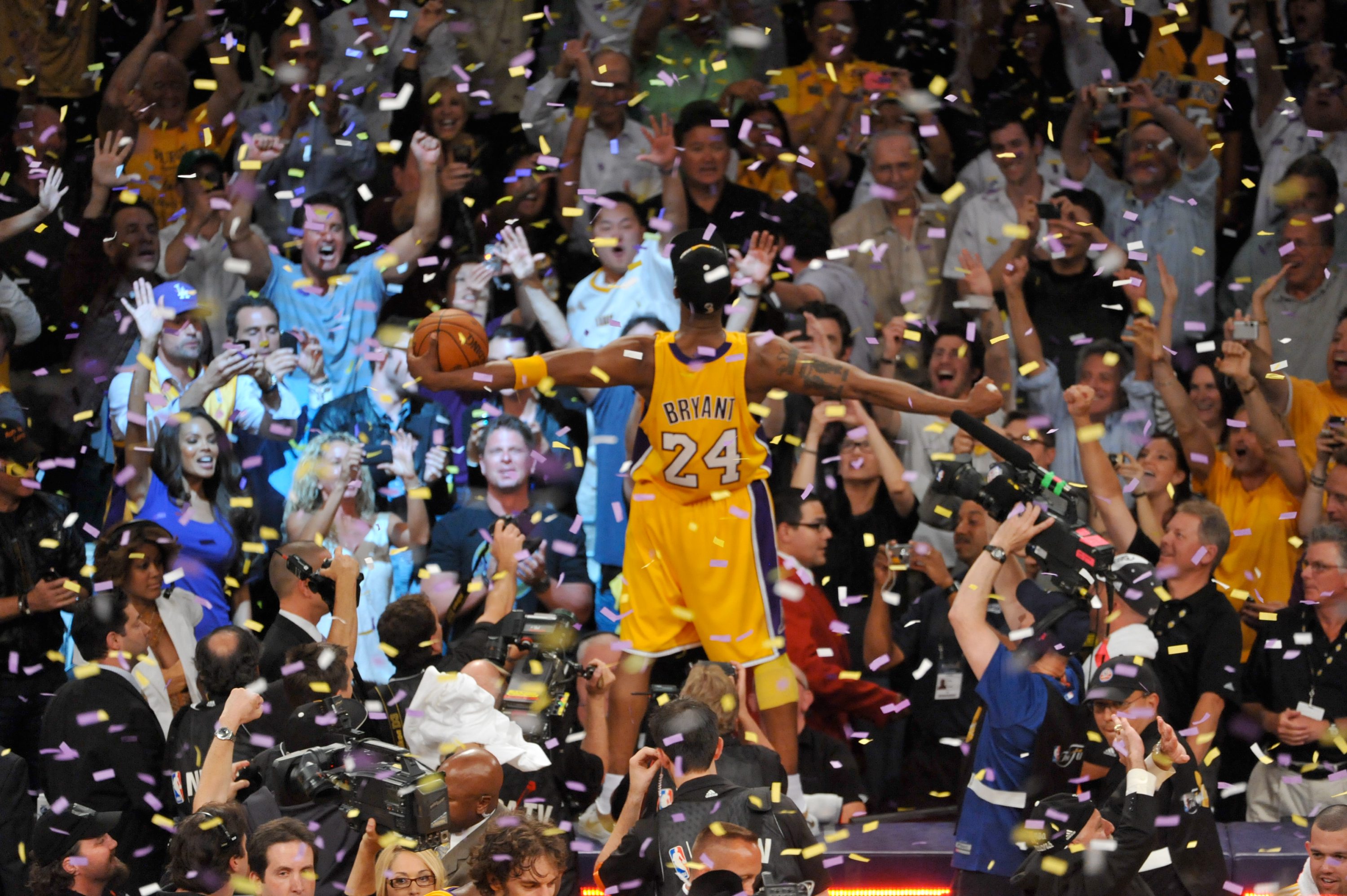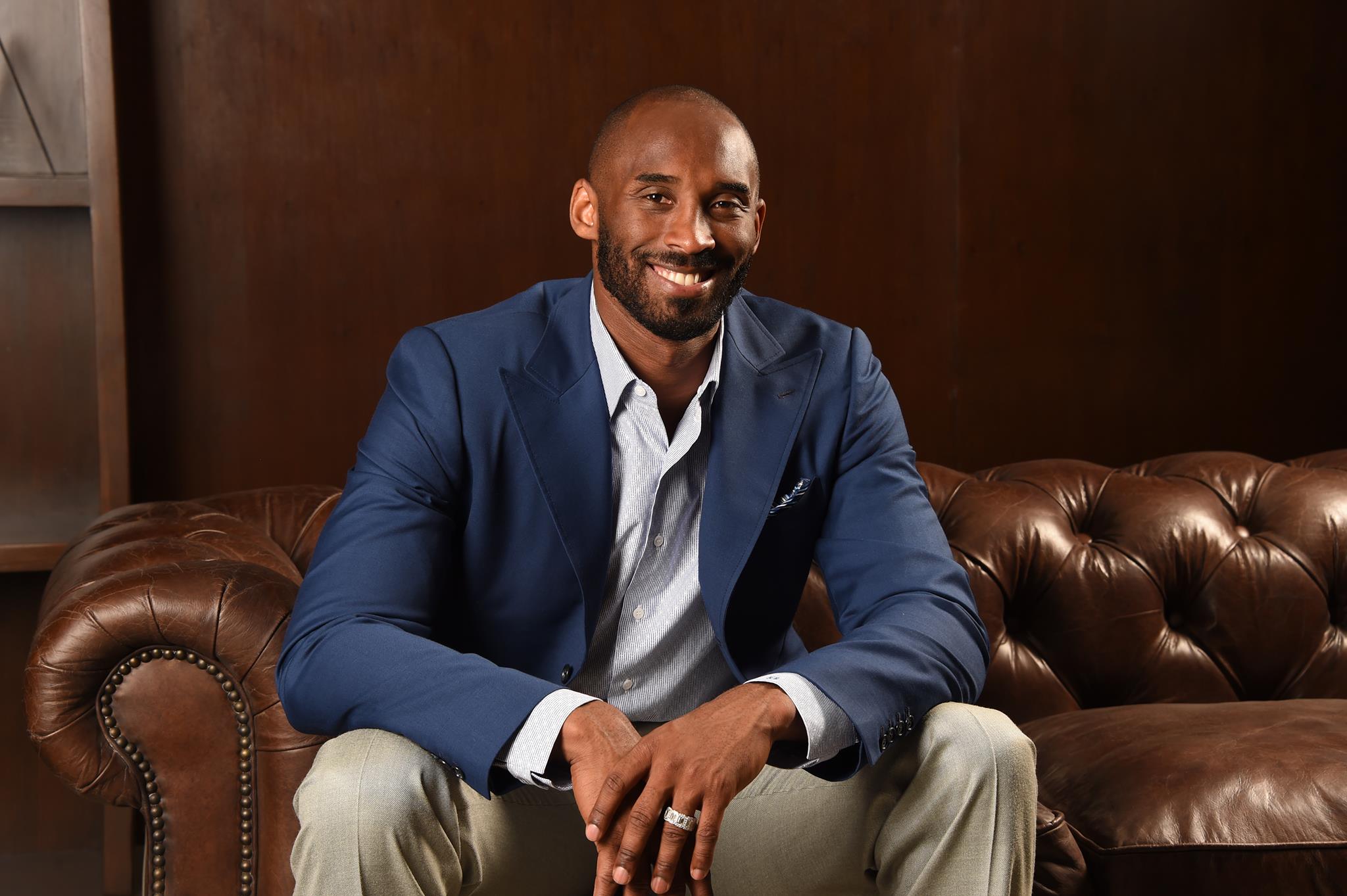8 February 2020 | Articles, Articles 2020, Management | By Christophe Lachnitt
The Management Lessons Of Kobe Bryant
The life journey of the recently deceased basketball player can inspire us.
Kobe Bryant was certainly one of the greatest competitors in the history of sports: He wanted to dominate and not only to win. At the age of thirteen, he decided to do everything to become one of the best basketball players the sport had ever known. A high school student in the Philadelphia suburb, he would challenge the players of the Sixers in one-on-one games, demonstrating the audacity and self-confidence that would characterize his career.
Then, one of the very first players to go directly from high school to the NBA, he challenged his hero, Michael Jordan, who was then becoming the greatest player of all time. As Del Harris, his coach during his first two NBA seasons, recounted, “Kobe didn’t care about night life or anything else. He only had one interest. His only focus was to be the best that he could be. And in his mind that meant challenging Michael Jordan.” Challenging Jordan, whom the other players called “Black Jesus,” was maybe even more ambitious than being Michael.
Kobe Bryant attributed his inextinguishable competitive spirit back to his childhood in Italy: He was rejected, as a foreign, black kid by other children. It gave him a desire for revenge which he exerted on basketball courts.
He admitted that his obsession with performance could be destructive: “It’s a rough way to be. Because all you care about is that end result and winning. It’s hard for people to put themselves in that state of mind, because, as humans, we always want to have a safety net. When you put all your eggs in that one basket, it can be absolutely devastating.” He also said in 1999 that he didn’t believe in happiness.
In 2003 he was charged with a sexual assault: There was no trial since the alleged victim refused to testify, and the case was settled financially. As he explains in the documentary “Muse,” Kobe Bryant then dissociated his intimate personality, which he had to reconstruct after this scandal, from his public persona as a professional basketball player: He created the alter ego of the Black Mamba, inspired by a particularly deadly snake, and the “Mamba Mentality.” It has five pillars: Passion, obsessiveness, relentlessness, resilience, and fearlessness. Those who apply it try to become the best possible version of themselves.
Throughout his career, Kobe Bryant worked infinitely more than those who were infinitely less gifted than he was. As of high school, he started training at 4am in order to do a session or two more every day than the other players. Kobe said he liked training because he appreciated the continuous improvement process it represents. In that regard, his most astonishing decision was to learn tap dancing in order to make his ankles both stronger and more flexible after an injury suffered in 2000.

Kobe Bryant celebrates his seventh NBA title – (CC) Ellwood/NBAE via Getty Images
His competitive spirit was also reflected in his approach to leadership which he lait out in a 2012 Facebook message:
“Leadership is responsibility.
There comes a point when one must make a decision. Are YOU willing to do what it takes to push the right buttons to elevate those around you? If the answer is YES, are you willing to push the right buttons even if it means being perceived as the villain? Here’s where the true responsibility of being a leader lies. Sometimes you must prioritize the success of the team ahead of how your own image is perceived. The ability to elevate those around you is more than simply sharing the ball or making teammates feel a certain level of comfort. It’s pushing them to find their inner beast, even if they end up resenting you for it at the time.
I’d rather be perceived as a winner than a good teammate. I wish they both went hand in hand all the time but that’s just not reality. I have nothing in common with lazy people who blame others for their lack of success. Great things come from hard work and perseverance. No excuses.
This is my way. It might not be right for YOU but all I can do is share my thoughts. It’s on YOU to figure out which leadership style suits you best.“
In the service of this philosophy, Kobe Bryant could make one of his teammates cry during a training session by pushing him to his limits. He recently explained that he should have shown more empathy, in the first part of his career, to help his teammates give their best.
However, like Michael Jordan, he was even more demanding with himself than with his teammates and led by example. In 2013, when he ruptured his Achilles, he scored two free throws before leaving the court (see video below). In 2008, he listened, long after the Lakers’ loss to the Celtics in the finals, to the songs that had been broadcasted in the Boston arena in order to relive the feeling of failure that he had then experienced. He took his revenge on the Celtics in the 2010 finals, which he played with a broken finger and an ankle injury.
His quest for excellence also drove Kobe Bryant to be insatiably curiosity and have an unquenchable thirst for learning. He explained one should use the world as a library to acquire the skills and knowledge to become the best version of themselves: For years, he used to ask business leaders and figures from the cultural world if he could spend time with them and learn the secrets of their success: “Some of the questions I’ll ask will seem simple and stupid for them. But if I don’t know, I have to ask. I just want to learn more about how they build their business or how they run their companies and how they see the world.”
His thirst for transmission went both ways: After a career in the first part of which he was accused of selfishness, he took as a mission to help others realize their full potential. A few days before his death, he stressed that “greatness wasn’t worth anything if you couldn’t share it,” an idea that he probably wouldn’t have expressed a few years earlier.
First, he became a mentor to several professional athletes, such as tennis player Novak Djokovic, and taught them his “Mamba Mentality.” He also became a storyteller, including through an Oscar-winning documentary, in order to share his experience with younger generations and encourage them to fulfill their dreams. Last but not least, he was helping sportswomen, starting with his four daughters, to strive to their best. The man who had been criticized for most of his career for not passing the ball enough to his teammates was now spending most of his time passing his knowledge to others. He was helping anonymous people in pain, far from the media’s eye.
Kobe was also successful in business, having cofounded a $100 million venture-capital fund which had over $2 billion in assets when he died. Incidentally, nothing irritated him more than being reduced to the role of a former professional athlete who had no education and could therefore have no other future than to grow his brand with Nike. After retiring from basketball, he said that he was going to accomplish more in the next 20 years than what he had achieved in his 20 years as a basketball player. In that regard, he viewed his Oscar as validation of his ability to succeed outside of basketball.
Another of his talents that the world discovered after his retirement was that of being a father. In a tragic twist of fate, he died while taking his daughter Gigi to play a basketball game that he was going to coach. He had completed his transformation from killer snake to #girldad.

Kobe Bryant – (CC) Kobe Bryant
In the end, Kobe Bryant’s life provides three valuable management lessons:
- The best motivation is in us, not in what others expect of us.
- Life is an endless learning experience and hence is a limitless challenge to self-certainty.
- If they apply both those principles, human beings have the capacity to transform and even reinvent themselves.
Kobe Bryant was neither a saint nor a hero. Like all human beings, he was fallible. But he showed us, during all his life, how to become better versions of ourselves.
Often, we admire people who demonstrate the qualities that we would like to have. It was my case with Kobe1.
—
1 I am not referring here to his talent as a basketball player since I have never played this sport.


